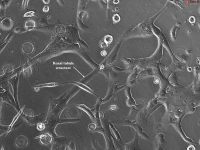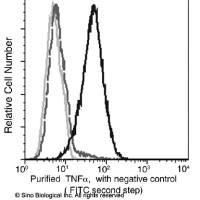Osteoclast Formation in the Mouse Coculture Assay
互联网
互联网
相关产品推荐

3D Renal Tubule Formation Kit
$921

TNF-alpha / TNFA / TNFSF2 Antibody, Mouse MAb | TNF-alpha / TNFA / TNFSF2 鼠单抗
¥800

SARS-CoV-2 (2019-nCoV) Nucleocapsid/N Antibody Titer Assay Kit | SARS-CoV-2 (2019-nCoV) Nucleocapsid/N Antibody Titer Assay Kit
¥5000

Recombinant-Saccharomyces-cerevisiae-Palmitoyltransferase-SWF1SWF1Palmitoyltransferase SWF1 EC= 2.3.1.- Alternative name(s): Spore wall formation protein 1
¥11774

Recombinant-Xylella-fastidiosa-Disulfide-bond-formation-protein-BdsbBDisulfide bond formation protein B Alternative name(s): Disulfide oxidoreductase
¥10318
相关问答

